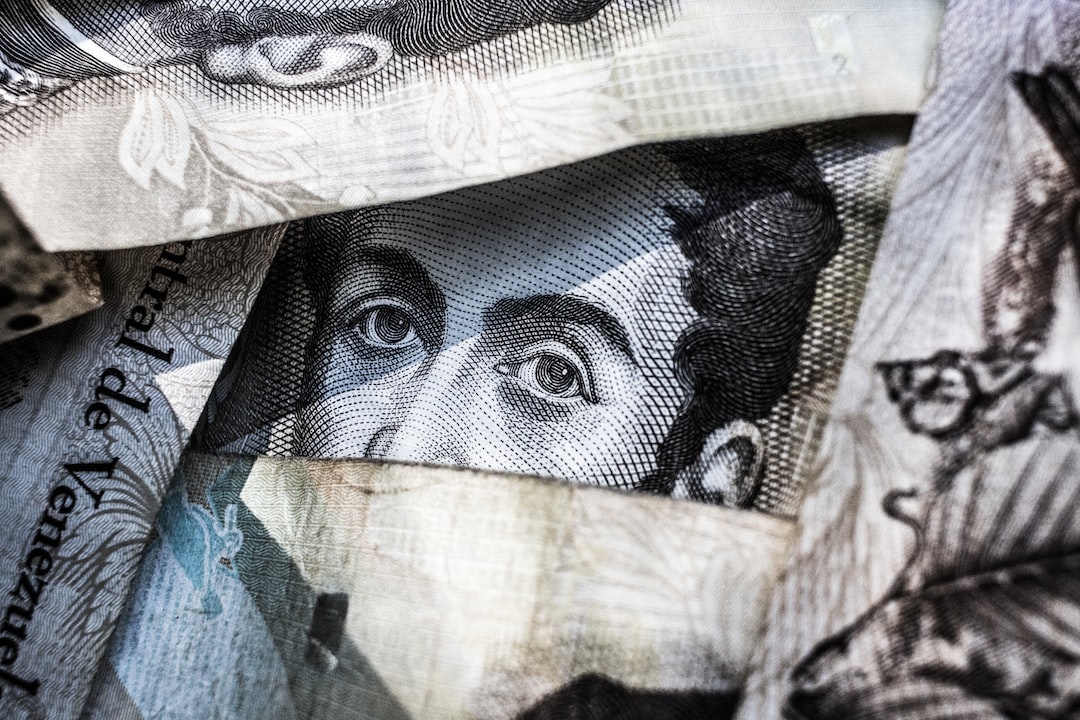Forex trading is one of the most popular forms of investment in the financial markets. It is a decentralized market where currencies are traded 24 hours a day, five days a week. The forex market is known for its high liquidity, which makes it an attractive investment opportunity for both retail and institutional traders. However, one of the significant factors that affect forex traders is the spread. In this article, we will delve into the spread and how it affects forex traders.
What is a spread?
In forex trading, the spread is the difference between the bid and ask prices of a currency pair. The bid price is the price at which a trader can sell a currency, while the ask price is the price at which a trader can buy a currency. The spread is usually measured in pips, which is the smallest unit of measurement of a currency pair. The spread is the cost of trading a currency pair, and it is kept by the broker.
For instance, if the EUR/USD currency pair has a bid price of 1.1000 and an ask price of 1.1005, the spread is 5 pips. If a trader buys the currency pair, they will pay the ask price of 1.1005, and if they sell the currency pair, they will receive the bid price of 1.1000.
How big is the spread?
The size of the spread varies depending on the currency pair being traded, the time of day, and the liquidity of the market. Major currency pairs such as EUR/USD, USD/JPY, and GBP/USD have lower spreads compared to exotic currency pairs such as USD/ZAR or USD/TRY, which have higher spreads.
The spread can also vary depending on the time of day. During the opening hours of the forex market, the spread tends to be higher as liquidity is low. However, during the overlap of the European and US trading sessions, the spread tends to be lower as liquidity is high.
The spread can also be affected by market volatility. During times of high volatility, such as news releases or major economic events, the spread tends to widen, making it more expensive to trade.
How does the spread affect forex traders?
The spread is a significant cost for forex traders, and it affects their profitability. When a trader enters a trade, they must pay the spread, which reduces their potential profit. For example, if a trader buys the EUR/USD currency pair at 1.1005 and sells it at 1.1010, they would make a profit of 5 pips. However, if the spread is 2 pips, the trader would only make a profit of 3 pips.
The spread can also affect a trader’s ability to enter and exit trades. If the spread is too high, it can make it challenging to enter a trade at the desired price. Likewise, if the spread widens during a trade, it can make it difficult for a trader to exit the trade at the desired price, which can lead to losses.
How to reduce the impact of the spread?
Forex traders can reduce the impact of the spread by choosing a broker that offers low spreads. It is essential to compare the spreads offered by different brokers to find the best one. Forex traders can also reduce the impact of the spread by trading during times of high liquidity and low volatility.
Another way to reduce the impact of the spread is to use a trading strategy that is designed to take advantage of small price movements. For example, a scalping strategy aims to make small profits from frequent trades, taking advantage of small price movements. This strategy can be effective in reducing the impact of the spread.
Conclusion
The spread is a significant cost for forex traders, and it affects their profitability. The size of the spread varies depending on the currency pair being traded, the time of day, and the liquidity of the market. Forex traders can reduce the impact of the spread by choosing a broker that offers low spreads, trading during times of high liquidity and low volatility, and using a trading strategy that takes advantage of small price movements.





